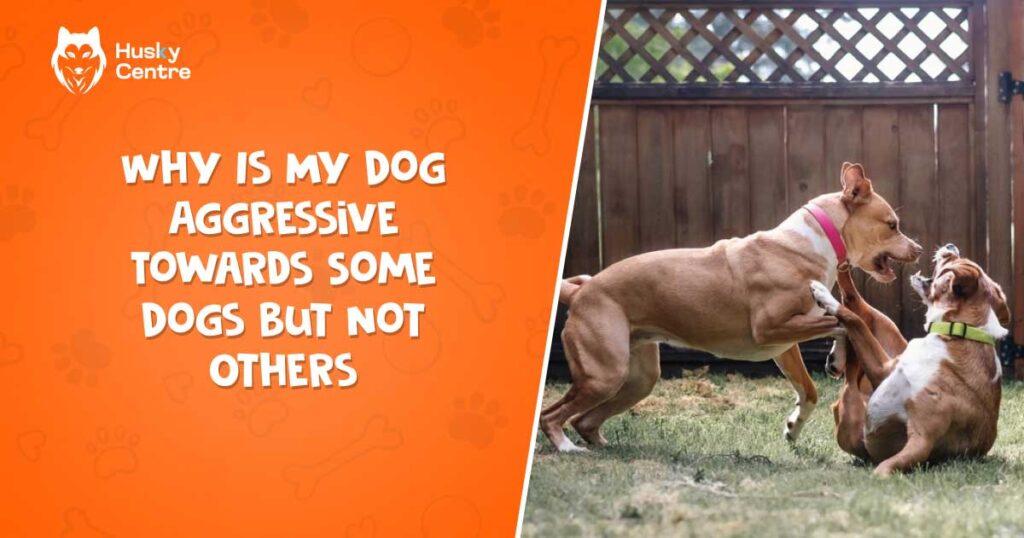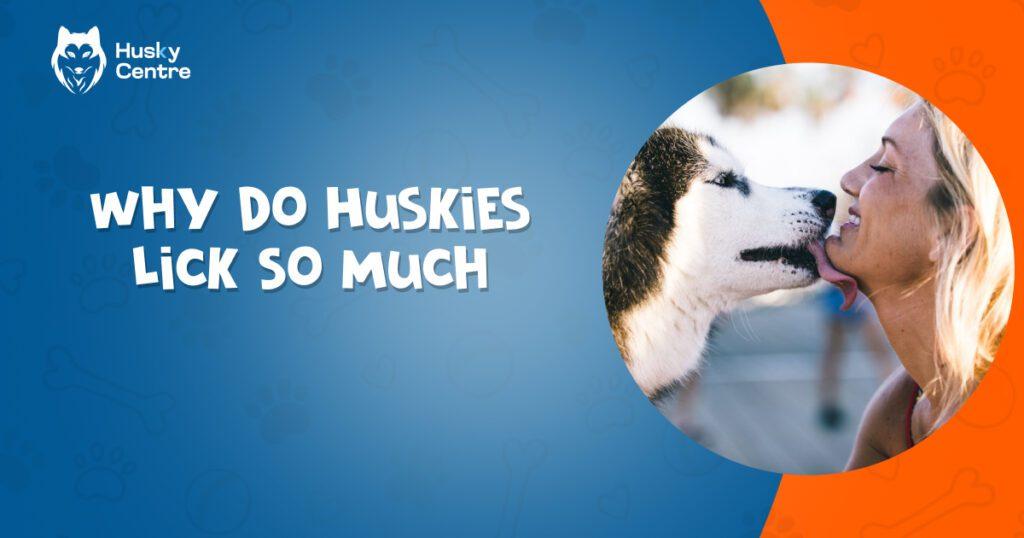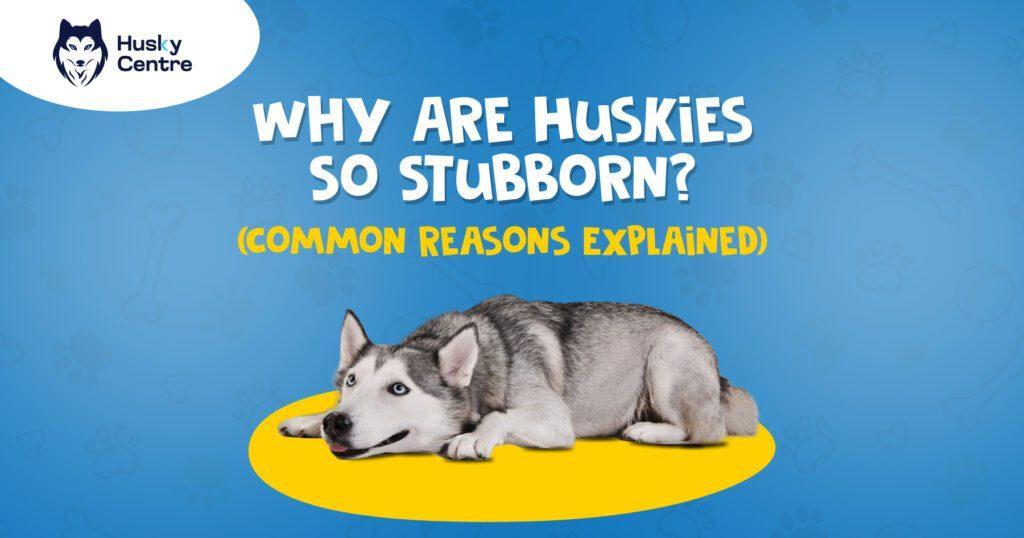Your dog may show aggression towards some dogs due to fear, territorial behavior, or lack of socialization. Individual personalities and past experiences also play a role.
Understanding why your dog is aggressive towards some dogs but not others can be complex. Dogs are naturally social animals, but their behavior towards other dogs can vary widely. Factors such as fear, territorial instincts, and insufficient socialization contribute to this aggression.
Some dogs may have had negative experiences with certain breeds or types of dogs, shaping their reactions. Additionally, individual dog personalities and temperaments can influence how they interact with others. By recognizing these factors, you can better address and manage your dog’s behavior, ensuring a more harmonious experience during interactions with other dogs.
Selective Dog Aggression
Dogs can sometimes show aggression towards specific dogs while being friendly with others. This behavior, known as selective dog aggression, often puzzles pet owners. Understanding why this happens can help manage and prevent unwanted aggressive incidents. In this blog post, we’ll dive deep into the reasons behind this behavior.
Why Dogs Aggressive Towards Certain Dogs
Dogs may exhibit aggression towards some dogs but not others due to various factors. These can include past experiences, socialization, or even the current mood of the dog. Aggression is often a result of dog interaction triggers such as:
- Past trauma or negative experiences: Dogs may remember past conflicts and react aggressively to similar-looking dogs.
- Lack of socialization: Dogs not properly socialized may feel threatened and act out.
- Body language: Dogs communicate through body language; misinterpretations can lead to aggression.
- Territorial behavior: Dogs may be protective of their space and show aggression to any intruder.
A table summarizing the common triggers for dog aggression may help visualize these factors:
| Trigger | Description |
|---|---|
| Past Trauma | Negative experiences lead to fear and aggression |
| Lack of Socialization | Unfamiliarity with other dogs causes fear |
| Body Language | Misinterpreted signals can provoke aggression |
| Territoriality | Defending personal space from perceived threats |
Breed Tendencies
Some breeds are more prone to selective dog aggression. Understanding breed tendencies can help predict and manage aggressive behavior. While every dog is unique, certain breeds are known for specific traits:
- Terriers: Known for their feisty nature, they might show aggression towards other dogs.
- Herding breeds: Such as Border Collies, they may nip or chase, leading to aggressive encounters.
- Guard breeds: Like Rottweilers, they are protective and may see other dogs as threats.
A table can help organize breed tendencies related to aggression:
| Breed | Tendency |
|---|---|
| Terriers | Feisty, prone to confrontations |
| Herding breeds | Nipping, chasing |
| Guard breeds | Protective, territorial |
Gender
Gender can play a significant role in dog selective aggression. Male and female dogs may show different aggression patterns:
- Male dogs: More likely to exhibit dominance-related aggression, especially towards other males.
- Female dogs: Can show aggression due to hormonal changes, especially during heat cycles.
Understanding these patterns can help in managing aggression. For instance, spaying or neutering can often reduce hormonal aggression. Here’s a quick overview:
| Gender | Common Aggression Triggers |
|---|---|
| Male | Dominance, territory |
| Female | Hormonal changes, protective of puppies |
Personal Space In Dog Interactions
Dogs, like humans, have a concept of personal space. Violations of this space can trigger aggression. Key aspects of personal space in dog interactions include:
- Proximity: Dogs may feel threatened if another dog gets too close.
- Body posture: Direct stares or towering postures can be seen as threats.
- Resource guarding: Dogs may protect their toys, food, or even owners.
A table summarizing personal space triggers can be helpful:
| Trigger | Description |
|---|---|
| Proximity | Feeling threatened by close contact |
| Body Posture | Perceiving direct stares or towering as threats |
| Resource Guarding | Protecting toys, food, or owners |
By recognizing these triggers, owners can better manage and prevent dog selective aggression.
Factors That Influence Aggression Toward Specific Dogs
Why is your dog aggressive towards some dogs but not others? Understanding dog aggression factors can help you address this behavior. Various elements such as size, energy level, unfamiliarity, and environmental factors play significant roles in shaping your dog’s interactions. Let’s explore these dog behavior influences to better understand your furry friend’s actions.
Size
The size of the other dog can heavily influence your dog’s aggression levels. Smaller dogs often feel threatened by larger dogs, leading to aggressive behavior as a form of self-defense. Conversely, larger dogs might perceive smaller dogs as prey or as non-threatening, resulting in a lack of aggression.
- Small dogs: Often bark more and show aggressive behavior towards larger dogs.
- Large dogs: Might not show aggression but can unintentionally intimidate smaller dogs.
In a study, it was found that 90% of small dog owners reported aggressive behavior towards larger dogs. This indicates a clear link between dog interaction factors and size disparities.
| Dog Size | Typical Aggressive Behavior |
|---|---|
| Small | Barking, growling, defensive posturing |
| Large | Intimidation, chasing, lack of aggression |
Energy Level
Another crucial factor is the energy level of the dogs involved. Dogs with high energy levels often exhibit more aggressive behavior, especially towards calmer dogs. This can be due to frustration or an inability to match energy levels.
High-energy dogs might display the following behaviors:
- Barking excessively
- Jumping and nipping
- Chasing other dogs
On the other hand, low-energy dogs might react aggressively because they feel overwhelmed or unable to keep up. This mismatch in energy levels can lead to aggression triggers in dogs.
Ensuring that your dog’s playmates have compatible energy levels can reduce instances of aggressive behavior. It’s also beneficial to observe your dog’s interactions to identify any energy level mismatches.
Unfamiliarity
Unfamiliarity with other dogs can also trigger aggression. Dogs are naturally cautious around unknown animals. This unfamiliarity can cause anxiety and lead to aggressive behavior as a defensive mechanism.
Some signs of anxiety-driven aggression include:
- Raised hackles
- Stiff body posture
- Direct staring
Ensuring gradual introductions can help mitigate this issue. Allow your dog to get familiar with new dogs at a slow pace. Use leashes initially and observe their body language closely. This approach helps reduce dog behavior influences that lead to aggression.
Creating positive associations with new dogs can also be beneficial. Reward your dog with treats and praise when they exhibit calm behavior around unfamiliar dogs.
Environmental Factors
Environmental factors play a significant role in dog aggression. The surroundings in which your dog meets other dogs can influence their behavior. Crowded or noisy environments might make your dog feel threatened, leading to aggressive actions.
Some common environmental triggers include:
- Busy streets
- Dog parks
- Loud noises
Creating a calm and controlled environment can help reduce aggression. Opt for quiet, open spaces for initial introductions. Observe how your dog reacts in different settings to identify aggression triggers in dogs.
Stressful environments can also lead to increased aggression. Ensure your dog feels safe and secure by providing familiar surroundings during interactions. This reduces anxiety and promotes positive behavior.
Tips For Managing Selective Aggression
Dogs can sometimes show aggression towards certain dogs but not others. Understanding why this happens and how to manage it is crucial for a harmonious relationship with your furry friend. Here are some practical tips for managing selective aggression in dogs.
Gradual Introductions
Gradual introductions are essential for managing dog aggression. Rushing introductions can cause stress and trigger aggressive behavior. Follow these steps for a smoother process:
- Start with a safe distance: Begin by allowing the dogs to see each other from a distance.
- Use barriers: Use fences or gates to keep the dogs separated initially.
- Short sessions: Keep the initial meetings brief, around 5-10 minutes.
- Observe body language: Watch for signs of stress or aggression, like growling or stiff bodies.
- Gradual decrease in distance: Slowly decrease the distance between the dogs over multiple sessions.
This method helps dogs adjust to each other’s presence without feeling threatened.
Positive Reinforcement
Positive reinforcement is a powerful tool for socializing aggressive dogs. Rewarding good behavior encourages dogs to repeat it. Here’s how you can use positive reinforcement effectively:
- Identify triggers: Note what causes your dog’s aggression.
- Reward calm behavior: When your dog remains calm near another dog, offer treats or praise.
- Use high-value rewards: Use your dog’s favorite treats to make the reward more enticing.
- Consistent practice: Practice this regularly to reinforce the desired behavior.
Consistency is key in managing dog aggression. Positive reinforcement makes the dog associate other dogs with pleasant experiences.
Redirection Techniques
Redirection techniques are vital for handling dog aggression. Redirecting your dog’s focus can prevent aggressive outbursts. Consider these methods:
| Technique | Description |
|---|---|
| Toy distraction | Use a favorite toy to distract your dog’s attention from the other dog. |
| Command training | Teach commands like “sit” or “focus” to shift your dog’s attention. |
| Movement | Change direction or move away from the other dog to break the focus. |
These methods help in diffusing potential aggression and keeping the situation under control.
Reading Dog’s Cues And Avoiding Triggers When Possible
Reading your dog’s cues is crucial for managing dog aggression. Dogs communicate through body language. Learn to recognize these signs:
- Stiff body: Indicates discomfort or tension.
- Growling: A warning sign of potential aggression.
- Lip licking or yawning: Signs of stress or anxiety.
- Ears back: Indicates fear or submission.
Avoiding triggers is equally important. Identify what sets your dog off and try to avoid those situations:
- Crowded areas: If your dog is aggressive in crowded spaces, avoid them.
- Specific dogs: Keep your dog away from dogs they’ve had negative experiences with.
- Stressful environments: Calm environments help in reducing aggression.
Understanding and responding to your dog’s cues can prevent aggressive encounters and make socializing aggressive dogs easier.
Frequently Asked Questions
Why Is My Dog Selective With Aggression?
Dogs can be selective due to past experiences, socialization, and individual personalities. Each dog reacts differently to various triggers. Assessing situations and patterns helps understand this behavior.
Can Poor Socialization Cause Dog Aggression?
Yes, poor socialization can lead to aggression. Dogs not exposed to various environments and other dogs may react fearfully or aggressively.
How Can I Prevent Dog Aggression?
Prevent aggression by socializing your dog early. Positive reinforcement training and controlled exposure to different dogs and environments help immensely.
Does Breed Affect Dog Aggression?
Breed can influence aggression, but individual temperament and upbringing play significant roles. Some breeds may have a predisposition towards certain behaviors.
Conclusion
Understanding why your dog shows aggression towards some dogs but not others is crucial. Identifying triggers and providing consistent training can help. Always observe your dog’s behavior and seek professional guidance if needed. Ensuring a calm and positive environment can lead to better social interactions for your furry friend.


Meet Jarred, the heart and soul behind HukyCentre. With a deep affection for furry friends, he pours his passion into every word he writes. His genuine love for dogs shines through in his engaging and informative content. As a dedicated dog enthusiast, Jarred’s goal is to share valuable insights and tips that resonate with fellow dog lovers. Join Jarred on the journey as he celebrates the joy and companionship that dogs bring into our lives.



